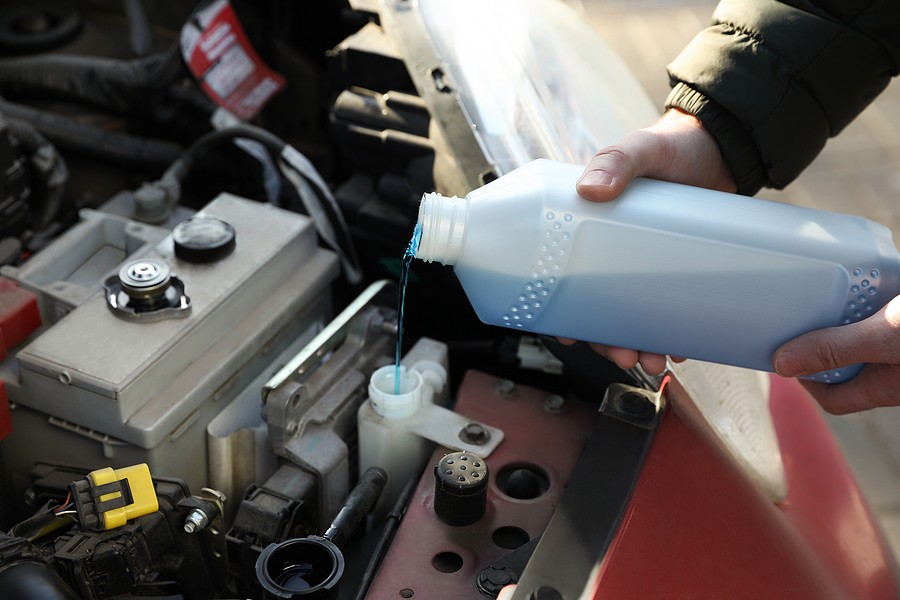If you're looking for “how often should I change engine coolant?” The short answer is once every 30,000 miles unless you notice any symptoms indicating that your vehicle requires an immediate coolant change.
Temperature is one of the worst enemies that could impact your engine. Your engine must operate within a range of temperature, and if it exceeds a maximum threshold, there's a very high chance that you can deal with engine self-destruction in no time.
Thanks to the cooling system that maintains the engine temperature and prevents engine overheating. However, despite the great features and the long-lasting cooling system; you might get to the point where you must perform certain maintenance to keep this engine working properly and prevent negative consequences.
As part of the regular maintenance of your cooling system is to perform what's known as the coolant flush. Your mechanic takes out the coolant and replaces it with a fresh and new one in this process.
However, what does it mean to perform a coolant flush, and why is it important? This article will answer all these questions and provide you with details about “how often should I change engine coolant” to help you maintain your coolant system and extend your vehicle's lifetime.
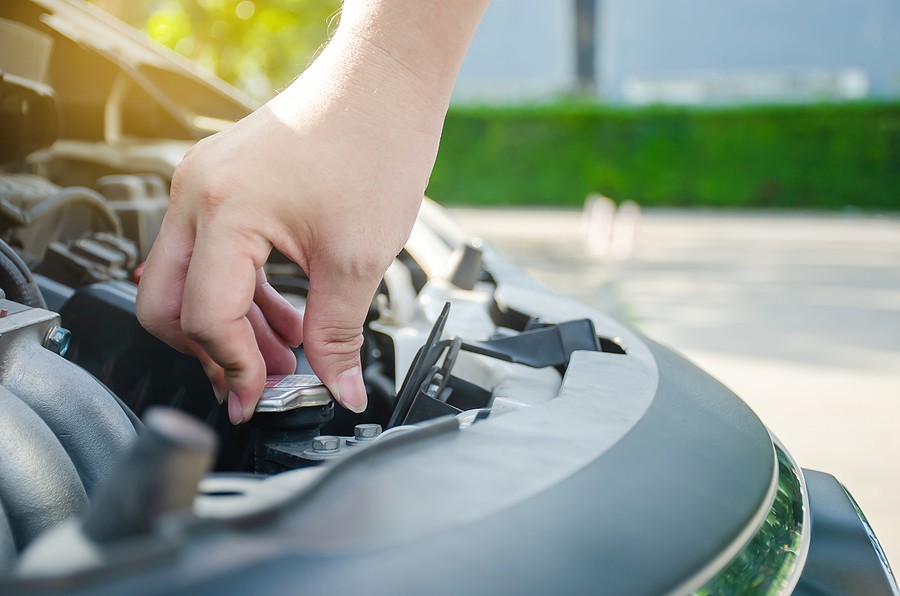
What is the coolant, and what does it do?
Before we answer the question, “how often should I change engine coolant?” Every driver must understand the purpose of coolant in the coolant system and the importance of performing the coolant flush.
As we mentioned before, your vehicle's engine relies on a cooling system to cool it down and maintain its temperature. It works because your cooling system will allow a certain fluid called the coolant to run around the engine when the engine's temperature exceeds a maximum threshold.
Your vehicle's cooling system relies on the thermostat that continuously measures the engine temperature and communicates with your vehicle's computer to determine whether the engine approached the maximum temperature threshold. So what you know is whether the coolant should be released and run around the engine.
After the coolant runs around the engine, it becomes hot, and that's why it goes back to the radiator to drop its temperature first and then come back around the engine to maintain the temperature.
While if your vehicle doesn't lose any coolant, it might sound like you don't have to worry about it. However, that's not the case. Over time of use, this coolant breaks down and loses its capabilities of cooling down the engine. That's when you must replace it with a fresh one.
How often should I change the engine coolant?
Considering the importance of the coolant in your vehicle, it is critical for you as a driver to familiarize yourself with all the details about it, so you don't have to deal with catastrophic engine problems. In paragraph one, you first need to know how frequently you should change the coolant completely. You might be aware that you should top it off if the coolant level drops below a certain point. However, we're discussing here is when is the time where you have to completely take the coolant out and replace it with a fresh one.
Typically, automotive experts recommend a coolant flush or a complete we want to change once every 30,000 miles. However, we still recommend that you communicate with your vehicle and keep an eye for any symptoms that could indicate a need for an immediate coolant flush.
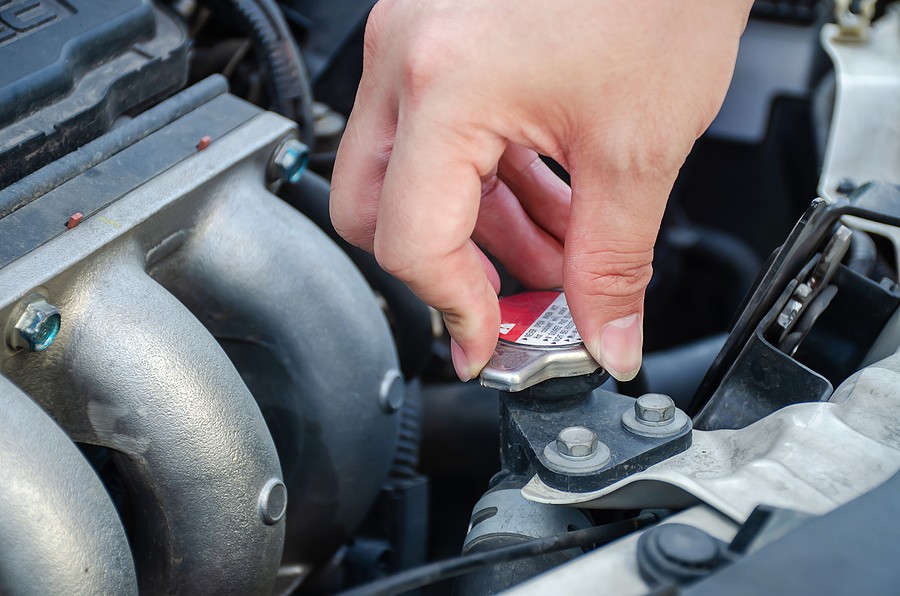
Symptoms your vehicle is due for a coolant flush
There is a specific threshold where you should be ready and prepared for performing the coolant flush. Sometimes, things cause issues that require you to perform coolant flush prematurely. Luckily, automotive experts put together a list of potential symptoms your vehicle is due for a coolant flush. Let's take a glass a look below:
1. High-temperature gauge reading
The first and most common symptom indicating that your vehicle might be due for a coolant flush is when the temperature gauge on the dashboard reads very high here; this gauge is responsible for communicating with your engine and letting you know about its current temperature.
It's important for you as a driver to keep an eye on this gauge because if it reads very high, you're dealing with a significant problem, and you should take the right actions by stopping your car whenever you can and allowing it to cool down.
2. Engine overheating
If the temperature gauge is reading very high, your engine is overheating, and if that's the case, then this is a very severe scenario. You should immediately pull over and stop your vehicle.
Keep in mind that engine overheating can be a symptom of many other problems shared. Therefore, you cannot immediately assume that your vehicle is due for a coolant flush. The main solution is to consider some other things before getting to the coolant flush scenario.
For example, you might be dealing with a coolant leak that reduces the amount of coolant in the reservoir, and therefore the limited left amount is not enough to pull down the engine. This is a more severe scenario than dealing with a situation where the vehicle is due for a colon flush.
3. Weird engine noises
If the engine gets very hot, it will start making weird grinding or knocking noises. This is a critical situation to focus on because whenever you hear any weird noises coming from the car, whether it's related to the engine or not, you should take it seriously because it's a way for your car to communicate with you and let you know that there is an internal problem.
4. Strong sweet smell
We typically advise all orders to keep an eye and notice any weird symptoms the vehicle is making. One comment underestimated situation is when you notice a good smell coming out of your car. Most of us will immediately notice that if the cars make some bad smells, there should be a problem. However, did you know that if you list a strong sweet smell in your car, it could indicate a severe problem?!
Unfortunately, typically the strong sweet smell might be linked to a coolant leak, and the coolant leak might be happening because it got very old and caused some of the weak seals to breakdown, allowing coolant to escape to the surrounding components within your vehicle's engine compartment. The sweet smell gets stronger as you get closer to the hood, confirming that the leak might be internal or probably external.
5. Coolant leak
If you started noticing some of the mentioned components and you're still unclear about what's going on, you can pull over and stop your car in a safe place to check underneath the vehicle.
She noticed a puddle of liquid under the car. It could be one of the different fluids in your vehicle, but if it's associated with internal overheating, it's most likely a coolant or an oil leak. Both are severe scenarios.
6. Drop in the coolant level
If the coolant was not visible underneath the car, it could be an internal leak that you do not see immediately. You can look at the engines compartment to see if the coolant level in the reservoir is dropping or not. This is a strong sign that you're having a problem with the cooling system or that this problem is related to such cracks or damages, or probably that the vehicle is due for a coolant flush.
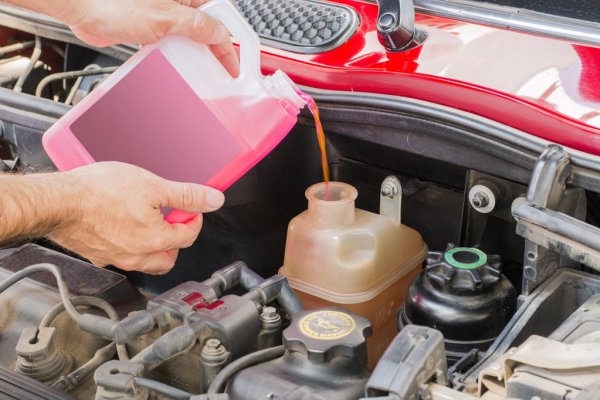
How much does it cost to flush the engine's coolant?
The good news is that flushing the coolant is not a very expensive repair. It should cost you somewhere between $100 and $200. However, depending on where you get the job done, you might have to add up the labor cost because it can be significant, especially if you go to a dealership.
You keep in mind that sometimes your mechanic might detect other problems and advise you to fix them during the coolant flush. Therefore, your bill might differ and deviate from the mentioned range depending on what you're dealing with.
What happens if you don't change the coolant?
If you decide to ignore all the symptoms and continue your life without changing the coolant, that is one of the worst decisions you could ever make. Imagine what could happen if the engine does not receive the right level of cooling as it gets hot?!
Problems after ignoring coolant flush can be severe, and the biggest challenge about them is that they happen very fast, and they don't wait for you to change your mind add change the coolant.
The biggest other challenges are that they don't choose the time when overheating problems happen. It could be a situation where there is no help nearby or when you're on a road trip or probably driving some family members to important errands. Therefore, it is never a good idea to continue driving your car and ignore the coolant flush if you don't want to deal with all the hassle and if you don't want to damage your car.
The other thing is that ignoring the coolant flush might impact your vehicle's warranty, especially if the manufacturer requires performing the regular maintenance as specified in the vehicle's owner’s manual. Therefore, the loss will be huge, and if you void your warranty, you will get to a point where you can't afford to fix your car and perform the regular maintenance that extends and maintains your vehicle's lifetime.
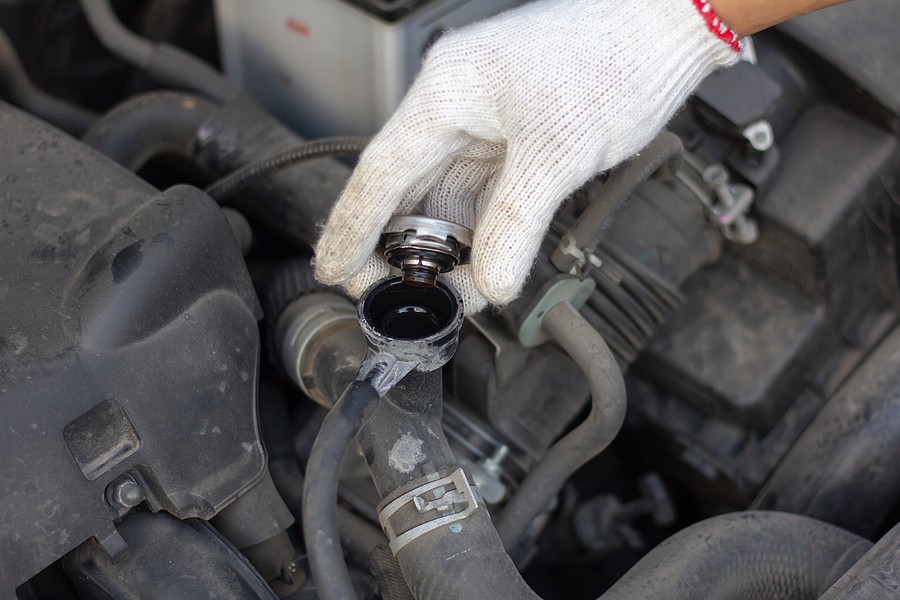
Does engine coolant expire?
Yes, all vehicle fluids go bad, and even if you don't drive your car and don't cause it to overheat, you still need to change your colon at some point in time. Many reviews and other articles focus on how bad it is to drive your car after coolant sitting for a very long time.
One of the first things you must do when you come back from a vacation or when you left your car undriven for a long time is to check on all the fluids and ensure that they are in good shape. Most likely, you'll have to change them all at once to maintain the car and prevent sudden breakdowns.
Final thoughts
A cooling system is an effective system in your car, and if it's not working properly, you could immediately deal with a lot of problems that could cost you thousands of dollars on repair. That's why you must maintain the cooling system and ensure that you have enough coolant in the reservoir.
Although having enough coolant is important, performing the coolant flush we needed is more important, especially if the coolant starts breaking down. This article provided you with all the details that could help you detect a need for a coolant flush even before you hit the common threshold of 30,000 thousand miles.
Remember that your car might have other problems that cause it to overheat even if you have the required amount of coolant. If that's the case, you should evaluate the situation and consult with your mechanic about whether you should fix the vehicle or sell it instead. While it might sound challenging to sell a car with major problems, by reaching out to a cash cars buyer, you don't have to worry about that!
Cash Cars Buyer is one of the top-rated car removal companies in the nation that guarantees to pay you the top dollars and provide you with free towing despite your living location around the United States.
Our process is very straightforward and doesn't take more than a couple of days to get your car removed safely and for the most money.
All it takes you is to:
- Describe your car’s type and condition
- Receive our instant free quote
- Accept the quote
- Get your car removed and receive your cash payment on the spot!
To learn more about our process and our teen, you can reach out to us by calling us at (773) 791-4363 or visiting our home page click on the free instant online offer.

